Research Units
View by Faculty Member, Research Unit, or Research Specialties
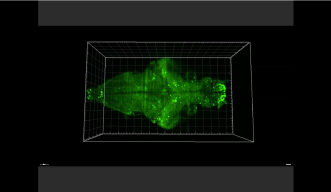
Biological Nonlinear Dynamics Data Science Unit
The biological nonlinear dynamics data science unit investigates complex systems explicitly taking into account the role of time. We do this by instead of averaging occurrences using their statistics, we treat observations as frames of a movie and if patterns reoccur then we can use their behaviors in the past to predict their future. In most cases the systems that we study are part of complex networks of interactions and cover multiple scales. These include but are not limited to systems neuroscience, gene expression, posttranscriptional regulatory processes, to ecology, but also include societal and economic systems that have complex interdependencies. The processes that we are most interested in are those where the data has a particular geometry known as low dimensional manifolds. These are geometrical objects generated from embeddings of data that allows us to predict their future behaviors, investigate causal relationships, find if a system is becoming unstable, find early warning signs of critical transitions or catastrophes and more. Our computational approaches are based on tools that have their origin in the generalized Takens theorem, and are collectively known as empirical dynamic modeling (EDM). As a lab we are both a wet and dry lab where we design wet lab experiments that maximize the capabilities of our mathematical methods. The results from this data driven science approach then allows us to generate mechanistic hypotheses that can be again tested experimentally for empirical confirmation. This approach merges traditional hypothesis driven science and the more modern Data driven science approaches into a single virtuous cycle of discovery.

Gerald Pao
Assistant Professor
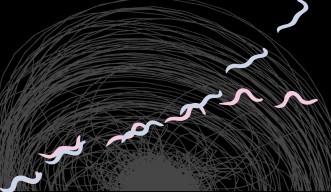
Biological Physics Theory Unit
We seek the principles governing the behavior of whole organisms, integrating physics, biology and computational approaches to understand life's most complex and fascinating phenomena.

Greg J Stephens
Associate Professor (Adjunct)

Chiral Representation Theory Unit
Chiral representation theory unit investigates the symmetries arising in quantum field theories. More specifically, it focuses on the representation theory of infinite-dimensional Lie algebras such as Kac–Moody algebras, and more generally, on vertex algebras.

Tomoyuki Arakawa
Professor

Collective Dynamics and Quantum Transport
Collective Dynamics and Quantum Transport Unit explores dynamical and transport phenomena in various quantum matters and their spintronic, electronic, and quantum-information applications.

Shu Zhang
Assistant Professor

Complexity Science and Evolution Unit
The CSE Unit analyzes the dynamics of complex adaptive systems, focusing on behavioral dynamics shaping social systems, eco-evolutionary dynamics shaping ecosystems, and their interactions.

Ulf Dieckmann
Professor
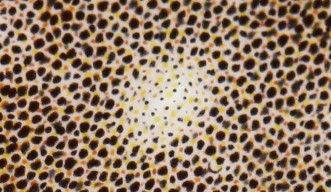
Computational Neuroethology Unit
The Computational Neuroethology Unit seeks to uncover the principles governing animal behavior and its neural basis. We are currently focusing on cephalopods: squid, octopus, and cuttlefish.

Sam Reiter
Associate Professor
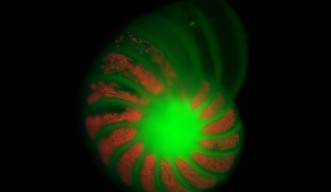
Evolution, Cell Biology, and Symbiosis Unit
The ECBS unit studies the effects of symbiotic interactions on the origin and evolution of cellular life.

Filip Husnik
Assistant Professor
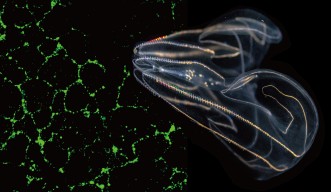
Evolutionary Neurobiology Unit
Research projects of the Evolutionary Neurobiology Unit include (1) anatomical and physiological dissections of the nervous systems of basal metazoans, mainly on diffused and regionally cond...

Hiroshi Watanabe
Associate Professor
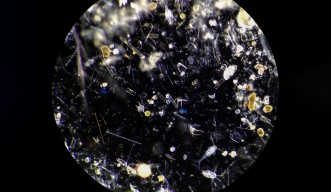
Genomics and Regulatory Systems Unit
The Genomics and Regulatory Systems Unit combines computational and experimental methods to study principles of gene regulation during early organismal development, using Oikopleura dioica as a model organism.

Nicholas M. Luscombe
Professor

Macroevolution Unit
Theory-driven research on macroevolution, biodiversity, and evolutionary patterns across space and time, integrating fossils, fishes, biomechanics, phylogenies, and models.

Lauren Sallan
Assistant Professor

Marine Biophysics Unit
The Marine Biophysics Unit examines how ocean currents affect the marine life of hydrothermal vents and coral reefs around Okinawa.

Satoshi Mitarai
Dean of Research and Professor, Okinawa Institute of Science and Technology (OIST)
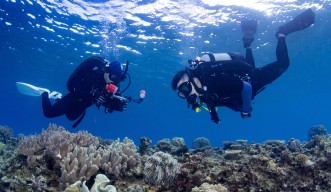
Marine Climate Change Unit
The Marine Climate Change Unit aims to understand how coral reef fish respond to human society driven environmental changes such as climate change, heatwaves, overfishing, and urbanization.

Timothy Ravasi
Professor

Marine Eco-Evo-Devo Unit
Most coral reef fishes have an incredible colors but why and how do they appear ? We use clownfish as a model we decipher the origins of the colors and how the fish are using them.
Vincent Laudet
Professor
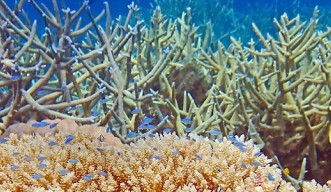
Marine Genomics Unit
Exploring marine genomic diversity helps understanding organism responses to environmental change in the past and future, both in terms of large-scale evolution and within their ecosystems.

Noriyuki Satoh
Professor

Marine Physics and Engineering Unit
The Marine Physics and Engineering Unit advances the forecast of ocean dynamics and the development of hydrodynamic disaster mitigation alternatives, paving the way for novel ocean technologies.

Amin Chabchoub
Associate Professor
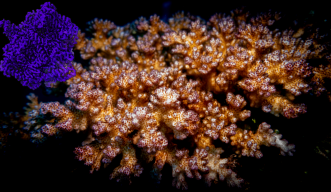
Marine Structural Biology Unit
The Marine Structural Biology Unit uses cryoelectron tomography and single particle cryoelectron microscopy to understand various aspects of coral biology in unprecedented detail.

Oleg Sitsel
Assistant Professor
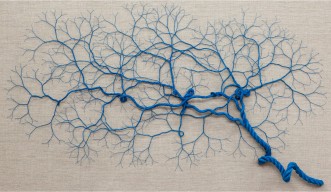
Model-Based Evolutionary Genomics Unit
The Model-Based Evolutionary Genomics Unit works at the crossroads of computational and evolutionary biology. Our long-term goal is to achieve an integrative understanding of the evolution of Life on Earth and the origins and emergence of complexity across different biological scales, from individual proteins to ecosystems. To move towards this goal, we develop and apply model-driven evolutionary genomics methods to reconstruct the Tree of Life and the major evolutionary transitions that have occurred along its branches.

Gergely János Szöllősi
Associate Professor
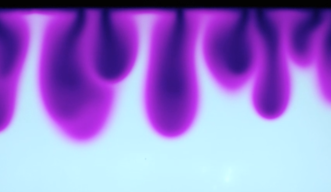
Nonlinear and Non-equilibrium Physics Unit
We work in experimental nonlinear, non-equilibrium and soft matter physics. Our current research focuses on fluids, granular media, fluctuations in renewables and quantitative life sciences.
Mahesh Bandi
Professor





